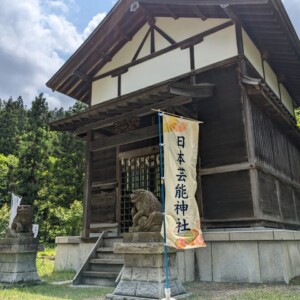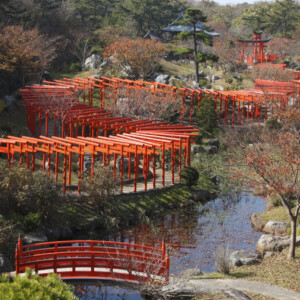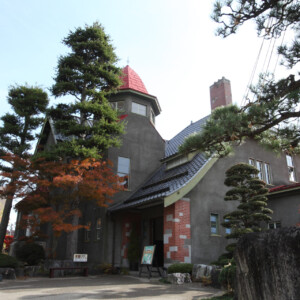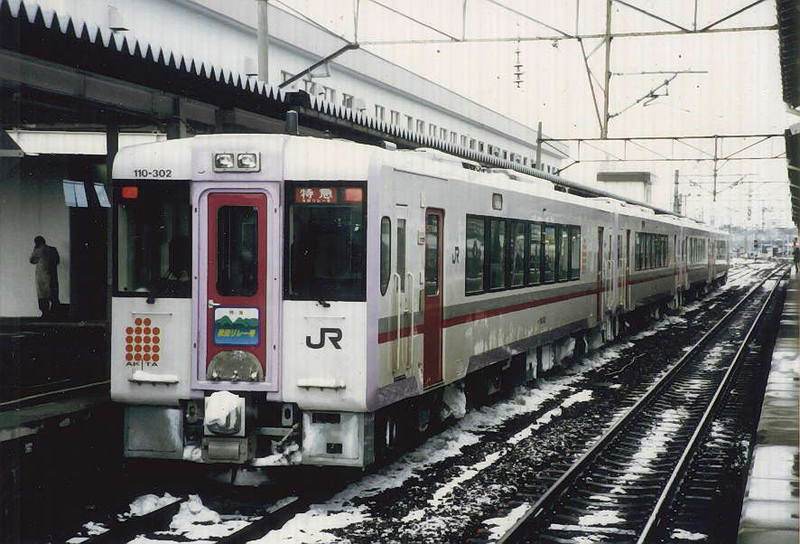
Abolished in just one year! ? The extraordinary express train "Akita Relay" [Iwate Prefecture/Akita Prefecture]
table of contents
Currently, the Akita Shinkansen ``Komachi'' runs between Tokyo Station and Akita Station.
The Akita Shinkansen opened in March 1997, so before its opening, another limited express train provided access to Akita.
This is the limited express train ``Tazawa'' on the conventional line that connected Morioka Station and Akita Station (partly to Aomori Station via Akita Station).
There was also a limited express train that was in operation for just one year while the access train to Akita passed from Tazawa to Komachi.
That is the limited express " Akita Relay " that we will be introducing this time.
What is Akita Shinkansen?
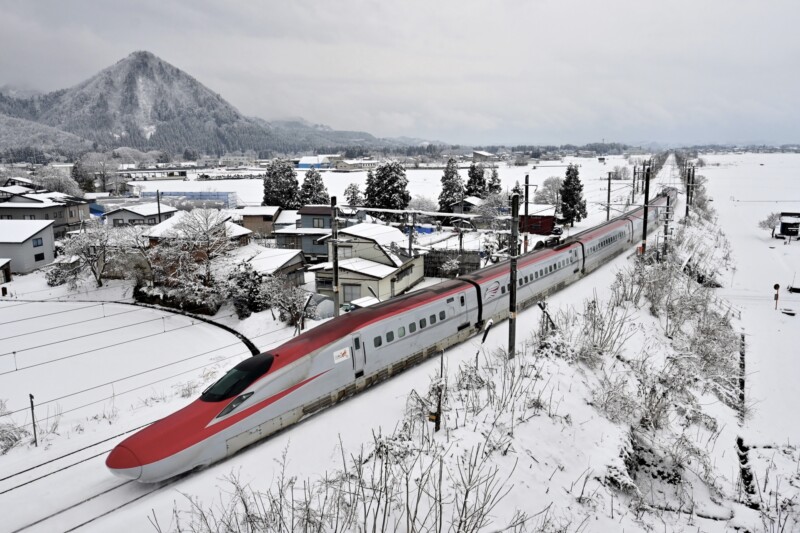
currently operating Akita Shinkansen , also known as Komachi , is a JR East train that mainly connects Tokyo Station and Akita Station.
"Komachi" runs on the Tohoku Shinkansen tracks from Tokyo Station to Morioka Station at a maximum speed of 320km/h.
From Morioka Station, the train connects to the conventional Tazawako Line and runs to Omagari Station.
Change direction at Omagari Station and follow the Ou Main Line to Akita Station.
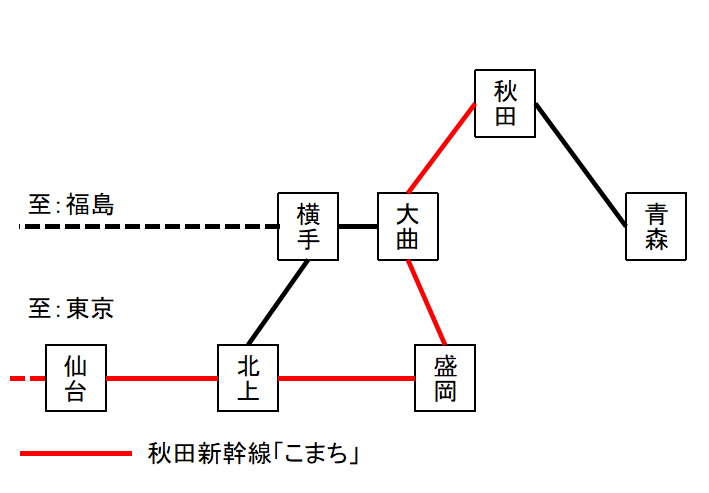
On the Tazawako Line and Ou Main Line (*), on which Komachi runs, the distance between the two rails has been widened from the original 1,067 mm to 1,435 mm, which matches the width of the Shinkansen wheels. This is a conventional line that has not undergone any major changes.
For this reason, even though it is called the "Akita Shinkansen," it cannot operate at high speeds, and its maximum speed is limited to 130km/h.
"Akita Shinkansen" is a general term (or a common name referring only to the latter) between Tokyo Station and Morioka Station on the Tohoku Shinkansen and between Morioka Station and Akita Station on the Tazawako Line and Ou Main Line, and a direct line between Tokyo Station and Akita Station. It is also the name of the Shinkansen train (currently only ``Komachi'') that operates.
*The Ou Main Line between Omagari Station and Akita Station was a double track with two tracks, so one of the tracks was widened.
Construction work to widen the rail spacing between the Tazawako Line and Ou Main Line was completed, and Komachi began operating the following year in March 1997.
So, what kind of trains were running on the Tazawako Line and Ou Main Line (between Morioka Station and Akita Station) before construction began?
“Tazawa” is a limited express train that connects Morioka Station to Akita Station and Aomori Station.
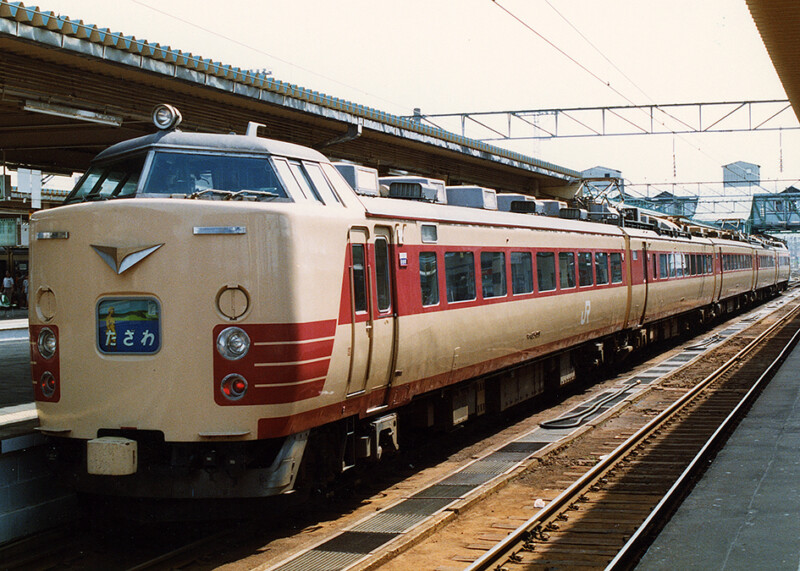
Spaceaero2 – Author’s own work, CC Attribution-ShareAlike 3.0,
by https://commons.wikimedia.org/w/index.php?curid=20587815
Until March 1996, a limited express train called `` Tazawa '' operated between Morioka Station and Akita Station (some trains ran between Morioka Station, Akita Station, and Aomori Station).
Since the train departed from Morioka Station, where the Tohoku Shinkansen also stops, many people would have transferred between the Tohoku Shinkansen and
Tazawa to get to Akita. The Akita Shinkansen ``Komachi'' was created for this purpose.)
The vehicle was the 485 series train, which has been active since the days of Japan National Railways, the predecessor of JR, and can be said to be the representative limited express train vehicle of the time.

In the spring of 1996, construction work began to widen the rail spacing on the Tazawako Line in order to allow the Akita Shinkansen to operate.
If the spacing between the rails increases, the existing 485 series trains will naturally no longer be able to operate.
Therefore, "Tazawa" will only operate between Akita Station and Aomori Station.
Although the train no longer passed near Lake Tazawa, the origin of its name, the train name remained the same.
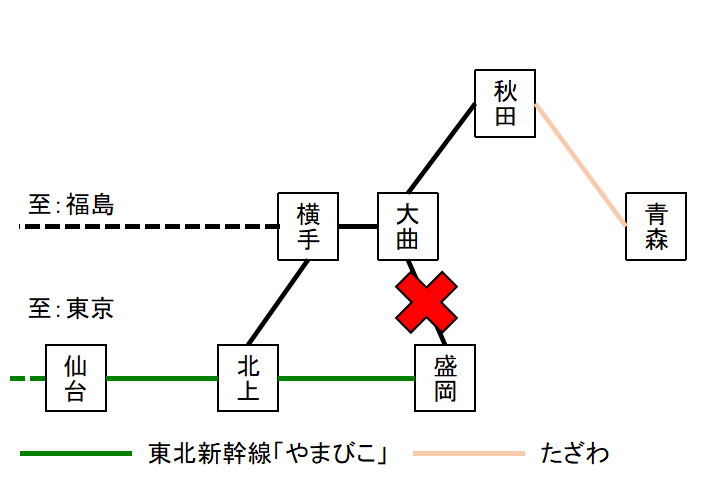
Now, there will be no limited express train that can access Akita Station from the Tohoku Shinkansen station
(the Tohoku Shinkansen line between Morioka Station and Shin-Aomori Station was not open at that time).
Therefore, the limited express ``Akita Relay'' was set up to replace the ``Tazawa'' as an access train from Tohoku Shinkansen stations to Akita Station.
Akita Relay is a limited express train that connects Kitakami Station and Akita Station via the Kitakami Line.

Japanese Wikipedia user Jnr bus, CC Attribution-ShareAlike 3.0,
by https://commons.wikimedia.org/w/index.php?curid=4985407
Since March 30, 1996, all trains on the Tazawako Line have been suspended for a year due to construction work, so a new limited express called `` Akita Relay '' has been established to fill the role of the previous ``Tazawa.
This train started and ended at Kitakami Station in Iwate Prefecture, where Tohoku Shinkansen trains also stop.
From Kitakami Station, the first train, the train goes to Yokote Station in Akita Prefecture via the Kitakami Line, and from Yokote Station, it goes north on the Ou Main Line to arrive at Akita Station.
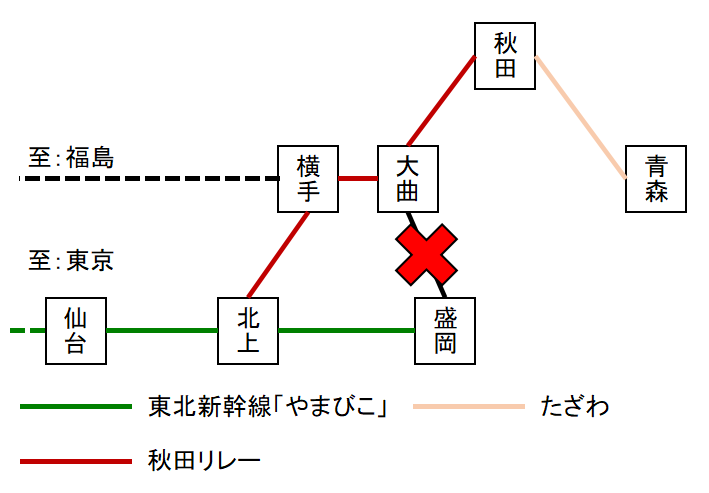
The Kitakami Line (between Kitakami Station and Yokote Station) is a non-electrified line that does not have equipment to supply electricity to the trains, so it is not possible to use the 485 series trains, and the Kiha 110 series 300 series trains run on diesel fuel. A new diesel car that runs on the roads has been introduced.
JR East's daily limited express trains (regular limited express trains) have never used diesel cars since the company was founded in 1987.
This is the first time that a diesel car has been introduced into a regular express train, and as of 2024, it is still the only one.
Shorter trains had 3-car trains, but longer trains had 7-cars, but even then, they were sometimes crowded.
Because the Kitakami Line has a track shape that is easy to run at high speed as a local line, the high running performance of the Kiha 110 series diesel cars, and the lack of stops, the ``Akita Relay'' is a limited express train on a conventional line. It was a very fast train for its size.
Since it took about two hours to cover the approximately 140 km from Kitakami Station to Akita Station, the stated speed (average speed including stopping time) was approximately 70 km per hour.
Abolished with the opening of the Akita Shinkansen
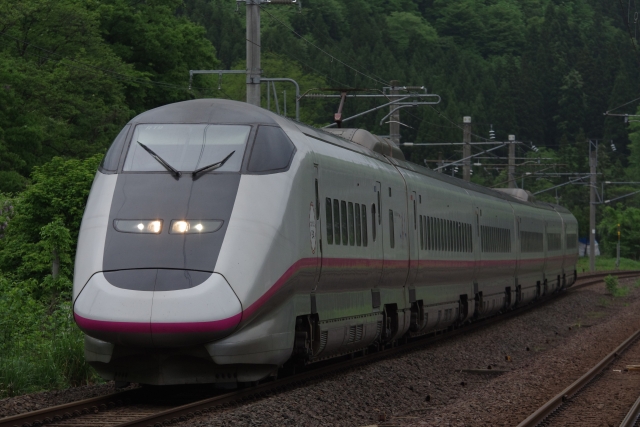
Construction work for the opening of the Akita Shinkansen progressed steadily, and on March 22, 1997, the Akita Shinkansen opened, and with this, the Akita Relay had completed its role and was abolished.
Although it was in operation for only one year, it was abolished as planned from the beginning.
At the same time, ``Tazawa,'' which connected Akita Station and Aomori Station, was renamed to ``Kamoshika.''
The limited express trains that connect this section have been further renamed, and are now called ``Tsugaru'' and ``Super Tsugaru.''
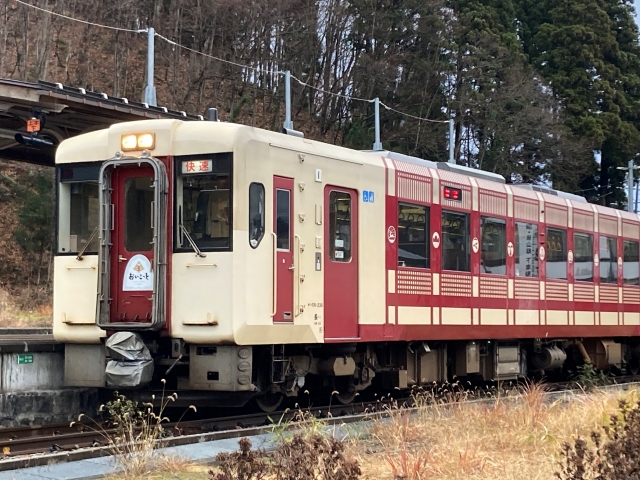
The Kiha 110 series 300 series used in the Akita Relay was modified from limited express specifications to local train specifications, and was incorporated into the KiHa 110 series 200 series, which is still in service today.
Originally, it was assumed that the limited express train would only be in operation for one year, so it is said that the specification was based on the assumption that it would be converted to other uses.
Some of the vehicles have also been converted into the Oikotto sightseeing train that runs through Niigata and Nagano prefectures.
The ``Akita Relay'' was an unusual train in that it only operated for one year, was JR East's only regular diesel limited express train, and was a limited express train that ran on the Kitakami Line, which was rare after JR's establishment.
Although it is naturally less well-known because it was operated for only one year, to have a certain level of popularity among those who know about its existence , and the Kiha 110 series 300 series was commercialized as an N gauge model vehicle. Sometimes.
Please remind us from time to time of the trains that played their role well, even for a short period of time.


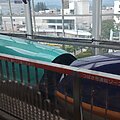

![[JR East Pass Trip: Day 3] A day trip to Aomori Bullet Tour to foster your energy at home! Tsugaru Kokeshi at Shin-Aomori Station](https://jp.neft.asia/wp-content/uploads/2022/12/IMG_3878-1200x675-1-150x150.jpg)
![Appearing in Episode 2 of the anime "That's Journey"! How do you get to Matsushima, one of Japan's Three Most Viewed Places? [Miyagi Prefecture] Matsushima](https://jp.neft.asia/wp-content/uploads/2025/07/27869135_s-150x150.jpg)
![Hot springs gush out in a place where there are no volcanoes! "Yuzawa Geopark" where you can see the mystery of the earth up close [Akita Prefecture] 4550228_m](https://jp.neft.asia/wp-content/uploads/2023/02/4550228_m-150x150.jpg)
![[JR East Pass Trip: Part 2 of Day 1] Strolling around Akita City on the first day, delicious local sake and local cuisine! Giant Akita dog at Akita Station](https://jp.neft.asia/wp-content/uploads/2022/11/IMG_3762-1200x675-1-150x150.jpg)
![The trail of the express train "Oga" that was connected to Ueno and Akita, which had a strong demand [Akita Prefecture] Oga_Kaya2113_Oga_19840806](https://jp.neft.asia/wp-content/uploads/2024/10/Oga_Kaya2113_Oga_19840806-150x150.jpg)
![[JR East Pass Trip: Part 2 of Day 2] After seeing Mokoshiji Temple, the remains of the soldiers' dreams, we returned to Sendai temporarily! Pure Land Garden at Mokoshiji Temple](https://jp.neft.asia/wp-content/uploads/2022/12/IMG_3853-1200x675-1-150x150.jpg)
![For some reason, do they have a lot of unusual names? Station names on the Ou Main Line [Fukushima, Yamagata, Akita] 27651763_L](https://jp.neft.asia/wp-content/uploads/2024/05/27651763_l-150x150.jpg)

